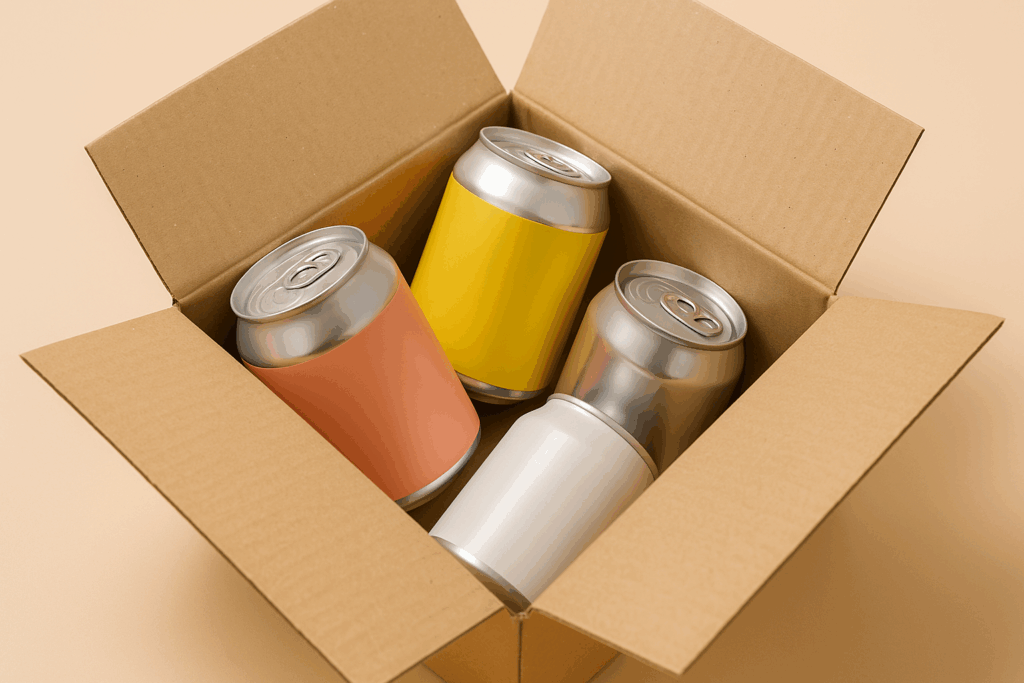The way you market your restaurant is just as important as the cuisine you provide because customers take pictures of the food for an Instagram-worthy post before they eat and scroll before making a reservation. In hospitality marketing, flyers and word-of-mouth advertising are no longer the sole strategies employed. Today’s consumers need authentic experiences both online and offline. Rather than providing generic advice, this blog focuses on real-world hospitality marketing strategies that are appropriate for modern restaurants.
Building a Brand Identity
Great hospitality marketing starts with a clear and compelling brand identity. Your restaurant’s brand isn’t just its logo or color palette, it’s how guests feel when they walk in, scroll through your social media’s or tell their friends about the experience.
Without a unified identity, your hospitality marketing efforts become fragmented. For example, a wine establishment with a TikTok feed full of memes can confuse customers and weaken your brand.
To stand out, your brand identity must reflect the following:
- Highlight what sets your dishes apart, whether it’s a signature twist, a regional influence or a focus on local ingredients.
- Are you serving families seeking comfort food, tech-savvy individuals seeking ease, or customers seeking a classy dining experience?
- Describe your restaurant’s communication style. Is it bold and modern, warm and inviting, or steeped in history and custom?
💡 Pro Tip: Create a style guide in advance by incorporating mood boards, color schemes, typography, brand voice, and photo treatments. This guarantees uniformity on all platforms from menu designs to social media posts.
Create a Mobile-First Website
Your website is often the first impression guests have of your restaurant, making it an essential part of your hospitality marketing. To attract and convert visitors, your site must be fast, user-friendly and mobile-optimized.
It should load in under three seconds and include clear, high-quality images of your dishes, interior and team to showcase your brand. Ensure your menu is easy to view and always up to date. Remember to avoid using PDFs.
Make reservations simple by integrating tools like OpenTable or Resy. Don’t forget to include key information such as business hours, contact details and a map for directions. Lastly, link to your social media profiles and offer a newsletter signup to stay connected with your audience.
The goal is to remove any barriers, making it easy for guests to find, explore, and book with you on any device. If you want to go a step further, check out our blog about Restaurant Website Optimization for Conversions for expert insights on building a fast, mobile-first website that’s designed to drive bookings and engagement.
Create a Mission Statement
Your goal is a strong marketing tool that emotionally engages visitors and sets your brand apart in the hospitality market and it serves more purposes than just internal alignment. Consider your objective to be the North Star of your brand. It should provide you with:
- Messaging across social media and a webpage
- In-store signage and packaging copy
- Partnerships and sourcing decisions
- Content themes and campaign narratives
Let’s say you’re mission is to “revive American heritage through plant-based cuisine.” That single line becomes a lens for every hospitality marketing choice, from your menu design to your partnership with local producers.
A well-articulated mission:
- Builds trust and transparency
- Creates community alignment
- Attracts media and influencer interest
- Supports long-term brand storytelling
Restaurant’s Social Media Presence
Platforms like Instagram, TikTok and Facebook serve as digital dining rooms where potential guests explore your vibe before booking a table.
One mistake most restaurants make is posting without a plan. To make your social media presence work for your restaurant, change your strategy from random photos to well-curated storytelling.
Here’s how to build engagement, not just presence:
- Share behind-the-scenes content like staff stories, daily prep and local sourcing trips.
- Use user-generated content (UGC) to highlight real guest experiences
- Leverage short-form video (think TikTok Reels) for menu drops or chef Q&As.
- Create a consistent posting rhythm to stay top-of-mind.
Tip: Not every post has to be perfect but it should be authentic to build a connection.
List Your Restaurant on Discovery & Delivery Apps
Even with a great website, a hospitality brand still needs to meet guests where they search. Apps like Google Maps, Yelp, OpenTable, TripAdvisor, and Uber Eats are key discovery points in any hospitality marketing strategy.
However, many restaurants create profiles but neglect to keep them current by leaving outdated photos, incorrect menus, and old business hours that can confuse or turn away potential customers.
Keep these listings working for you:
- Update your hours regularly, especially for holidays or events
- Add high-quality, branded imagery to stand out in crowded listings
- Ensure your menu is accurate and current
- Monitor and respond to reviews to build credibility
- Use platform-specific promotions to boost visibility
Optimize Your Google Business Profile
Your Google Business Profile is arguably more important than your website. It often appears before your site in search results and influences whether a potential guest clicks, calls, or keeps scrolling.
If your GBP isn’t optimized, you’re losing out on bookings and revenue. To get the most out of GBP in your hospitality marketing strategy, you need to keep your profile actively updated and fully completed:
- Upload high-quality photos weekly (Google favors freshness)
- Fill out every field like amenities, dining options, menus and reservation links
- Post weekly updates (promos, events, new hours)
- Respond to reviews, both positive and negative
- Use the Q&A section to clarify policies (parking, pet-friendly, etc.)
Design a Seamless Online Menu
Your menu is a digital sales pitch, not just a list. Outdated screenshots or PDF uploads are insufficient in this era of mobile-first behavior. In addition to improving user experience, an interactive, well-structured online menu increases conversions.
Why a seamless digital menu matters in hospitality marketing:
- Speed: Guests want answers fast like what’s on the menu, what’s vegan, what’s new or is it pet-friendly.
- Design: A clean layout with visual cues (icons, sections, tags) makes browsing easy.
- Engagement: Highlight top sellers, chef’s picks, and limited-time offers to spark excitement.
- SEO: Searchable, crawlable menus can improve your site’s visibility in Google.
Consider tools like BentoBox, GloriaFood, or integrating a dynamic menu system directly on your website. A mobile-optimized menu improves dwell time and drives more bookings.
Turn Reviews into a Relationship-Building Tool
Reviews are now markers of public trust rather than merely feedback. They serve as instantaneous micro-testimonials in hospitality marketing, influencing decisions made by guests. However, a lot of restaurants ignore them. Every review, either positive or negative, is an opportunity to demonstrate the values of your brand.
Reviews also offer useful content such as quotations for website banners, screenshots for social proof, and thoughts for internal team training. Always reply to reviews promptly, expertly, and personally to let visitors know that their opinions count and also to gain the trust of potential clients.
Consider unfavorable reviews as a chance to get better. Admit the problem and describe how you plan to fix it. Lastly, look for recurring themes in your evaluations that can indicate areas where your cuisine, service, or atmosphere need to be improved.
Launch an Email Newsletter
Email is one of the most overlooked tools in hospitality marketing but also one of the most effective. It gives you direct access to past, present, and future guests without relying on social algorithms or ad spend.
Tools like Mailchimp, Klaviyo, or ConvertKit can help you automate workflows, personalize content, and track performance.
Avoid sending out generic blasts. Divide up your audience and offer content that inspires enthusiasm and loyalty.
Here are some ideas to include in your email newsletter:
- First looks at new menu items
- Invitations to private tastings or VIP events
- Stories from your team or sourcing partners
- Seasonal recipes or behind-the-scenes footage
- Loyalty perks and special promotions
Make Every Guest Interaction Count
Modern hospitality marketing isn’t about doing more, it’s about doing what matters to customers like authenticity and consistency. Whether it’s refining your brand identity, optimizing your Google presence, or launching a standout newsletter. Every piece should reinforce the guest experience you want to be known for.
Great marketing in hospitality isn’t transactional but it’s transformational. It’s about building trust, inviting connection, and turning everyday moments into memorable ones.
Ready to elevate your restaurant’s marketing?
Contact us to explore how we help hospitality brands like yours connect with guests and grow with purpose.





